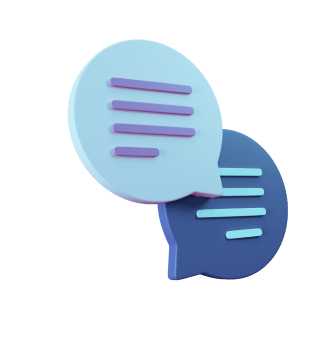
Launching an IT Company Blog From Scratch
Client
The Сlient is an outsourcing company, making its entrance into new markets (the US and Western European audiences being the top priority). The blog section was non-existent on the client’s site. Our task was to develop the concept for their blog, conceptualize the style and design guidelines from scratch, pick article formats that will be the most appropriate for each stage of creating a warm audience, and make multiple pieces of evergreen content to drive conversion. We also drew up social media announcements (LinkedIn + Facebook) for each publication.
How we developed the concept for an international IT company blog and wrote 50 pieces of content for three different customer portraits and different stages of the company's digital sales funnel.
Language: US English
Geo-target: USA, Western Europe
Website: NDA
Category: IT
Task
We needed to create a concept for an IT company blog, plan the main types of content (long read blog posts, case studies, white papers, news articles). We have refined the semantic core provided to us by the Client and use it to develop a content plan.
Blog Requirements
- The blog should reveal and showcase how competent the team is. The content should emphasize the client’s hard skills (excellent knowledge of stack development, adherence to Agile methodologies, the use of development standards, examples of successful complex tasks completed in the past) and soft skills (efficient project management, flexible working conditions with a team, personalized approach, deadline guarantees at all stages of development).
- The blog must be written in beautiful, grammatically correct US English.
- Stylistics were kept formal, with no self-promotion.
- The text must be 100% correct on a technical level.
- There must be lots of visual content, including tables, quotes, infographics, illustrations (created in collaboration with a designer).
- Blog articles should link to reputable sources and the most relevant research.
- Content needs to answer the needs of the main segments of the client’s B2B audience: decision-makers of large enterprise companies within the client’s niche (Edtech, MedTech, FinTech), venture investors.
- The visual design of the blog was made by the Contenteam designer with the approval of the clients’ marketing team and fully complies with established corporate guidelines.
- Both parties signed a 100% NDA. All rights for text materials belong to the client, Contenteam has no right to use materials made for the project in the portfolio.
Challenges and Solutions

Challenge
Content plan segmentation based on several customer portraits.

Solution
Contenteam did preliminary research and identified the main topics that trigger customers’ interest in three target audiences for the client.

Challenge
Correlation of selected topics for articles and case studies with the Client website’s semantic core.

Solution
Each topic we chose had to not only correlate with potential customers’ pain points but also follow the semantic plan for the site promotion. The research was based on a list clustered by key queries. Contenteam’s IT specialist selected the most relevant keywords for SEO optimization for each piece of content. His efforts allowed us to not only create interesting content but also helped the client’s SEO department to get our articles to the top of Google search results.

Challenge
Continuous cooperation with the client’s design and marketing departments to create white papers and case studies

Solution
The project’s editor-in-chief conducted a series of in-depth interviews with the company’s representatives. These interviews generated more than 100 pages of detailed information about the client’s projects for our team of authors and editors. This material was later used as a basis for 10 case studies and 5 white papers available for download.
Results
In 5 months, we wrote and published more than 15 types of content. The average length for a piece of content is 2,500 words (minimum 250 words, maximum 47,000 words).
Top-10 Google search results for more than 50 key search terms.
The blog content started to convert visitors into paying customers.




